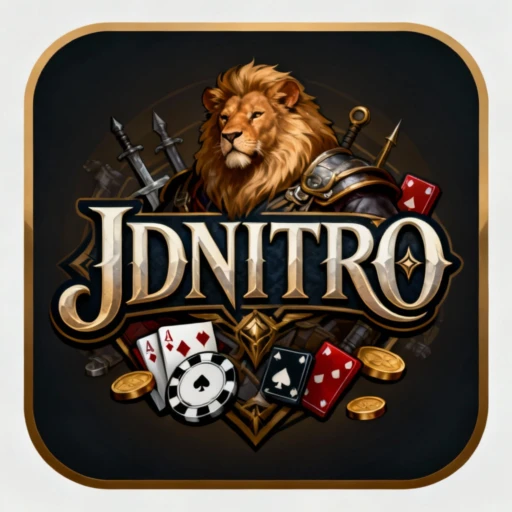The Fascinating World of Card Games and the Emergence of JDNITRO
Card games have captivated human interest for centuries, enthralling players with their blend of luck, strategy, and social interaction. From traditional decks of cards to contemporary digital adaptations, these games offer endless variations and challenges. Among the many innovators in the realm of card games, JDNITRO stands out as a unique and engaging experience that continues to redefine what card games can be.
Historical Origins of Card Games
The origins of card games can be traced back to ancient China, where early forms were documented as far back as the Tang dynasty. These rudimentary decks evolved over time, spreading to India and becoming a staple of Persian culture. By the late Medieval period, playing cards gained popularity in Europe, where standardized deck formats such as the 52-card French deck were developed. These cards laid the groundwork for many of the games we know and love today.
Varieties and Popularity Through the Ages
Throughout history, the appeal of card games has been in their accessibility and variety. Games such as Poker, Bridge, and Blackjack have transcended cultural and geographical boundaries, becoming beloved pastimes around the world. Each game has its own set of rules and complexities, demanding a mix of strategy and chance. Card games have not only served as entertainment but also as a medium for social interaction and camaraderie.
Card Games in the Digital Age
With the advent of digital technology, card games have experienced a renaissance. The shift to digital platforms expanded accessibility, allowing players to connect across the globe. Mobile gaming apps and online platforms have given rise to new variations and styles not bound by physical decks. It is within this dynamic digital landscape that JDNITRO has emerged, captivating a new generation of card game enthusiasts.
The Rise of JDNITRO
JDNITRO has distinguished itself as a leader in the digital card game arena, known for its innovative gameplay mechanics and vibrant community. Unlike traditional card games, which often mimic physical card mechanics, JDNITRO incorporates elements that are only possible in a digital format. This includes animations, dynamic interactions, and even evolving game rules based on player choices.
In JDNITRO, players are challenged to not only strategize effectively but also adapt to an ever-changing environment. The game thrives on unpredictability, offering new surprises at every turn, which keeps players engaged and invested over longer periods. Regular updates introduce fresh content, ensuring that the gameplay remains novel and intriguing.
Building a Community Around JDNITRO
One of the standout achievements of JDNITRO is its ability to foster a vibrant and inclusive community. By leveraging online forums, social media, and event-based interactions, the JDNITRO community has become more than just a collection of players; it is an interactive hub for sharing strategies, forming alliances, and celebrating victories. Players have the opportunity to participate in tournaments, challenges, and collaborative events, further enhancing the social aspect of the game.
Impact and Influence of JDNITRO
The success of JDNITRO has not gone unnoticed in the gaming industry. Its innovative approach has inspired developers to experiment with digital card mechanics, leading to a wave of creative card games entering the market. This influence can be seen in how developers are prioritizing user-driven changes, where community feedback plays a significant role in shaping game evolution.
Conclusion
While traditional card games continue to hold a cherished place in our culture, innovations like JDNITRO demonstrate the vast potential of digital adaptations. These modern interpretations expand possibilities, offering both familiar pleasure and new excitement that captivate millions worldwide. As the landscape of card games continues to evolve, the spirit of innovation embodied by JDNITRO promises an exciting future for players and developers alike.











